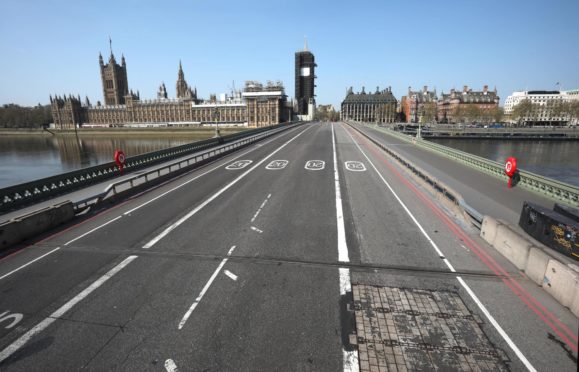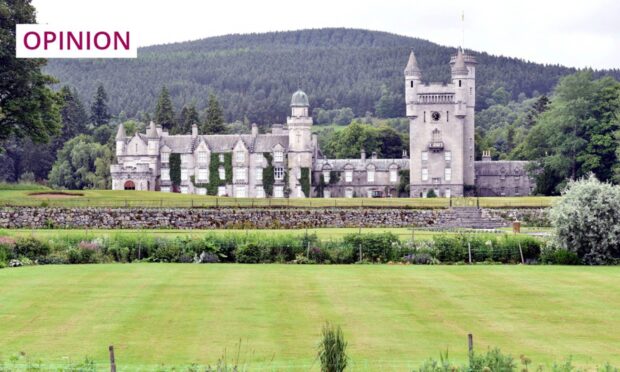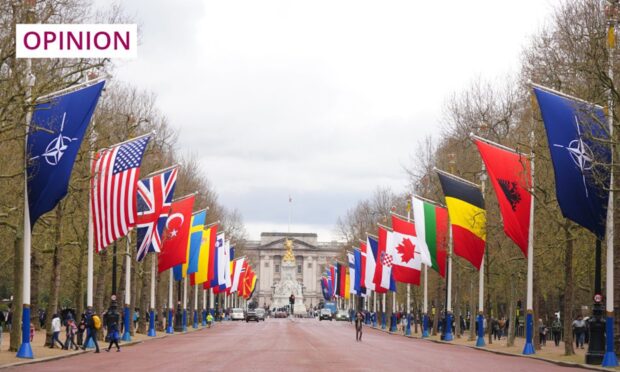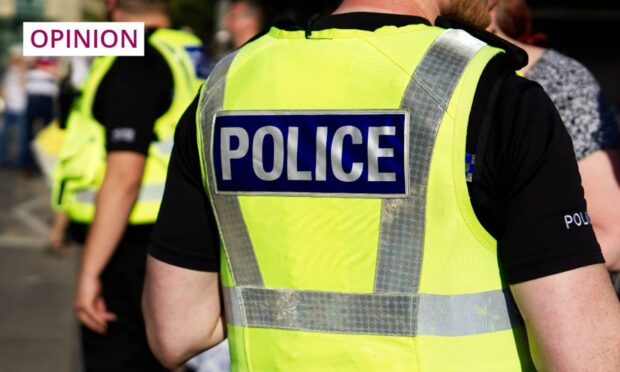Big Ben, still largely under scaffolding, is one of the few places in parliament where there is work happening right now.
We’ve reached a strange point in the pandemic. A fairly happy holding pattern. Vaccination numbers continue to tick up. Variants of coronavirus need to be monitored, but the fact remains none of them have so far derailed the nation’s fightback. The death toll remains unwaveringly awful, but since it surpassed 100,000 there are few words left to say beyond “horror” and “failure”.
That leaves MPs with little to do.
And it’s no more industrious in the press gallery. Political journalists find their three stock stories – election, reshuffle, PM on a shoogly peg – are currently non-starters. Recent articles suggesting discontent among opposition MPs with Keir Starmer are driven more by the fact the Westminster press pack values soap opera over substance than any threat to the Labour leader.
So the platforms and ladders that encase Big Ben are the only place to go if you seek industry on the parliamentary estate. And the work there says much about parliament and politics.
It’s something of a mystery how the parliamentary authorities achieved the get go on the project. While plans to refurbish the entire Palace of Westminster remain mired in political shenanigans and questions about value for money the Big Ben restoration got under way (and quickly and inevitably ran over budget and behind schedule). And yet that in itself is typical of what’s wrong with Westminster thinking. For while the rest of the building remains liable to flood or fire due to its outrageously shonky plumbing and electrics, then Big Ben itself is in danger. You can see such bitty thinking reflected in policy. For example, the Conservatives plan yet again to reorganise the NHS in England. There’s some merit in unpicking their own reforms of a decade ago but the proposals don’t seem to address the issue of social care. As long as social care policy remains as decrepit as the Palace of Westminster, the NHS – like Big Ben, the bit everyone knows and loves – will be exposed.
But the work on Big Ben speaks to a bigger truth about politics just now, and indeed the state of the nation.
As the restored faces are revealed one of the noticeable changes is that the dial and clock hands have been painted blue. Previously black, the object was apparently to return the clock face to its original colour. But why?
Where’s the confidence to do something new and now? The UK seems uniquely bedevilled by a rosy nostalgia as misplaced as it is unhelpful.
Brexit looks like the most obvious example of this tendency, largely supported by the same culture warriors who believe statues are sacrosanct in perpetuity and that history trumps modernity.
Some supporters claimed the entire Brexit project was a forward looking scheme to get Britain out and into the world. That claim both ignored the fundamentals of geography and has been shown up to be nonsense by recent squabbles with the EU over vaccines. Apparently free of Brussels’ shackles too many politicians’ muscle memory leads them back to kicking Europe.
The UK appears like one of those sadly deranged polar bears you used to see walking in circles in foreign zoos. Released into the wild we can only repeat the same behaviours, and that’s no way to thrive.
There was another stooshie recently about government plans to plant thousands of trees. Campaigners warned we must plant the same trees that were there before. Before the dinosaurs? Before the Vikings? Before Milton Keynes?
Time and again policy is focused on the rear view mirror rather than the road ahead.
Politicians hark back to a better past that they didn’t experience. Some dub those of us living through this age the “New Elizabethans”. Even that title relies on echoing a bygone era.
History matters, I’ve a degree in it. It’s important to understand where we came from before plotting a course forward. But we must not be beholden to the past. This matters now more than ever. We’re about to emerge from the worst human tragedy this country has known in almost everyone’s lifetime.
We can then attempt to piece together life exactly as it was before. Or we can forge our own, new, better future.
Work continues on Big Ben. No one seems sure when it’ll finally be finished. I hope that when the scaffolds come off we’ll see that under the shroud the stone was handed over to street artists to decorate as they see fit – a fresh look for a new era. I’ll be disappointed.
James Millar is a political commentator and author and a former Westminster correspondent for The Sunday Post.










